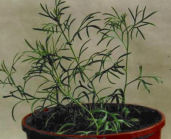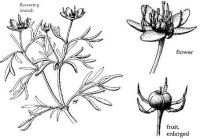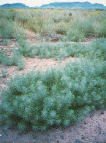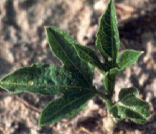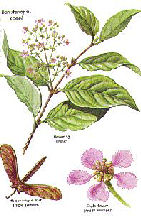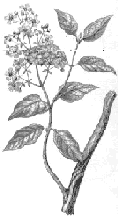BETA-CARBOLINE CONTAINING PLANTS
Images property of www.nepenthes.com
The beta-carbolines are distributed among 23 angiosperm plant families. The most commonly used trivial nomenclature of the beta-carboline alkaloids is based on the root "harm" from Peganum harmala the plant that was first known to contain these compounds.
Peganum harmala (Zygophyllaceae) is a weed and wasteland species native to the deserts of India whose range stretches through the Gobi desert into the former Soviet Union. The mature Peganum harmala or the Syrian rue is a common livestock poison in the former Soviet rangelands but specific information concerning the extent of its damage are difficult to locate. The content of beta-carbolines in the Syrian rue range from 2% to 4%.
Passiflora incarnata (Passifloraceae) or the Maypop passion flower is a common ornamental in the United States. This species and other varieties have been used as model systems to investigate the effects beta-carboline alkaloids have on insect feeding patterns [7]. The amount ofbeta-carbolines in this species range from 0.5 -1.0%.
Banisteriopsis caapi (Malpighiaceae) is a liana native to the new world tropics where it is the principle ingredient in the hallucinogenic beverage ayauasca. This plant and the beverage have received attention lately by several members of the scientific community involved with the Hoasca Project and more underground information can be found by referencing the King of Brews. The beta-carboline content in Banisteriopsis caapi ranges from 1.0 - 2.0%.
